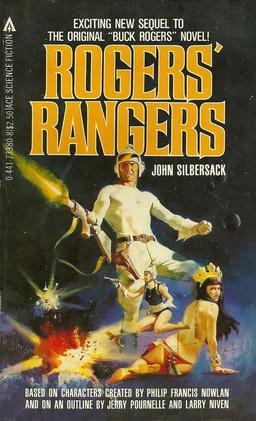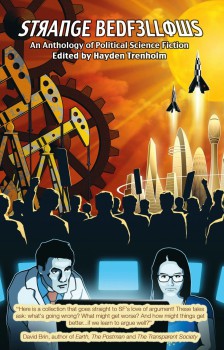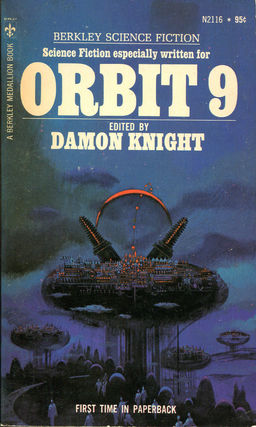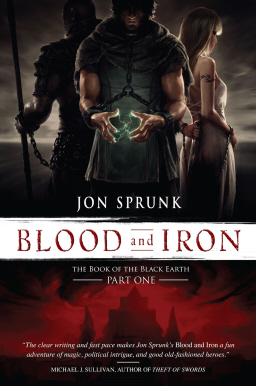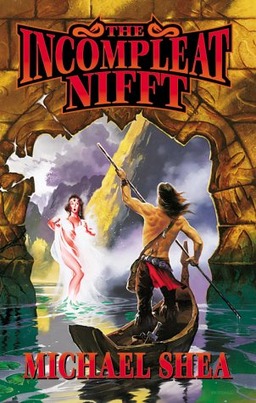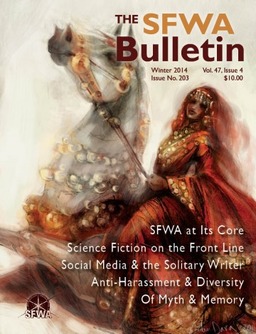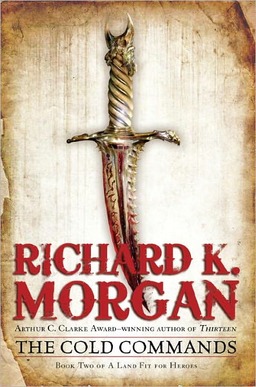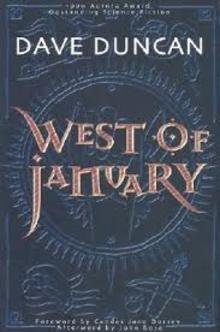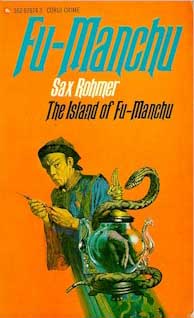New Treasures: Cthulhu Britannica: Shadows Over Scotland by Stuart Boon
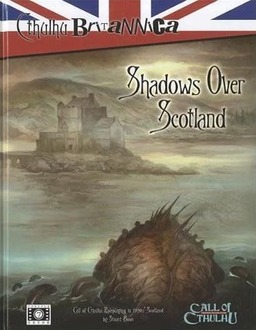 Call of Cthulhu remains one of my favorite role playing games, despite the fact that I haven’t played it in… woof. Let’s say nearly 25 years.
Call of Cthulhu remains one of my favorite role playing games, despite the fact that I haven’t played it in… woof. Let’s say nearly 25 years.
Part of it, I think, is simple fondness for the source material, H.P. Lovecraft’s marvelously rich and creepy Cthulhu Mythos. But just as much stems from an appreciation for the enormously inventive adventures and supplemental material published for the game over the years, since it first debuted in a handsome box set from Chaosium in 1981.
Sure, I’d love to play CoC again. But until I find the time (and a group to play with), I’m quite content to read the best new releases. Because Call of Cthulhu continues to draw fabulously talented creators and artists and, unlike most RPGs, its adventures are highly readable all on their own.
Take the new Cthulhu Britannica line from Cubicle Seven, for example, which transplants Lovecraft’s horrors to the green and pleasant land of England. So far, there have been four volumes: the Cthulhu Britannica core book by Mike Mason (2009); Avalon: The Somerset Sourcebook by Paul Wade-Williams (2010); Folklore by Stuart Boon, James Desborough, and Gareth Hanrahan (December 2012); and the first hardcover volume, Stuart Boon’s Shadows over Scotland.
(That’s not even including the crazy-ambitious, Kickstarter-funded Cthulhu Britannica: London Boxed Set by Dominic McDowall, which rivals the legendary boxed set Horror on the Orient Express. The London Boxed Set raised £90,412 on a £15,000 goal and will include three books, four large full-color maps, and numerous handouts. The Kickstarter closed on December 12 and the set is scheduled for delivery in August.)
